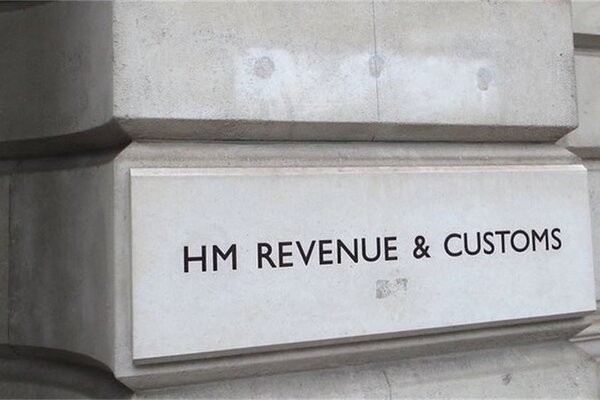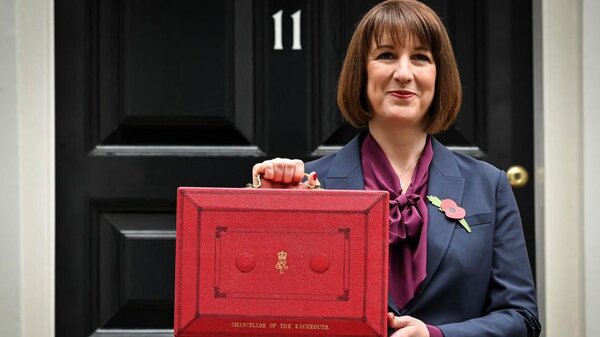Exploring This Step by Step
Let’s take a step-by-step look at how an EIS investment works, what you need to know, and how it can affect your tax position:
What is EIS Tax Relief?
The Enterprise Investment Scheme (EIS) offers UK investors some seriously attractive tax breaks when they invest in small, higher-risk companies. EIS is one of several venture capital schemes designed to encourage investment in high-growth portfolio companies.
The headline benefit is 30% income tax relief, known as EIS income tax relief, on investments up to £1 million per tax year. That means for every £10,000 you invest, you could reduce your tax bill by £3,000.
There’s also no Capital Gains Tax to pay if your shares increase in value, provided you hold them for at least three years. This is referred to as capital gains tax relief under the EIS scheme.
You can claim loss relief if things don’t work out, offsetting losses against your income tax or capital gains.
Eligibility for EIS Tax Relief
To benefit from EIS tax relief, you need to meet several key requirements set by HMRC. First and foremost, you must receive an official EIS3 certificate from the company you’ve invested in, this document is your proof that the investment qualifies for EIS tax relief.
You also need to be a UK income tax payer, as the relief is only available against UK income tax.
It’s important that you’re not “connected” to the EIS company. This means you can’t be a paid director (unless you become one after the investment under certain rules), nor can you or your associates hold more than 30% of the company’s shares or voting rights.
These rules are in place to ensure EIS tax relief is targeted at genuine, arm’s-length investors.
The company itself must also qualify as an EIS company. This means it must be a small, unquoted business carrying out a qualifying trade.
Some companies, known as Knowledge Intensive Companies, can offer even more generous EIS tax reliefs if they meet specific criteria around research and development or innovation.
Always check that both you and the company meet all the eligibility criteria before making your investment—otherwise, you could miss out on valuable tax relief.

How to Claim EIS Tax Relief on Your Tax Return
To claim EIS relief, you’ll need an EIS3 certificate from each company you’ve invested in. Companies typically send these 3-6 months after your investment. To make an EIS claim, you must complete the claim form inside the EIS3 certificate and ensure the claim form attached is submitted with your tax return.
When filling out your Self Assessment tax return, you’ll need to complete the “Additional Information” pages (SA101). Look for the section specifically for EIS investments. You should also complete the claim form and, if you are claiming capital gains deferral relief, include details on the capital gains summary pages.
Enter each investment separately, including the company name, the amount you invested, and the EIS3 reference number. You must match the claim to the tax year the investment was made, and claims must be made for the same tax year unless you are carrying back to a previous year.
If you’ve made several EIS investments, keep careful track of each certificate. You’ll need all the details when claiming. EIS income tax relief can only be claimed for the current or previous year, not for future tax years.
Getting Your EIS3 Certificate
The EIS3 certificate is your golden ticket to claiming tax relief. Companies can only issue these after HMRC has confirmed their EIS status.
If you invested through an EIS fund, the fund manager will typically receive the EIS3 certificates on your behalf and distribute them to you.
If six months have passed since your investment and you haven’t received your certificate, contact the company directly. Delays are common but shouldn’t prevent you from claiming.
The certificate contains crucial information including the amount eligible for income tax relief. It also shows the date the shares were issued and a unique reference number.
Keep these certificates safe! You don’t need to send them to HMRC when filing online, but you might need to produce them if your return is checked.
If you have issues with your certificate, you can also contact your local HMRC tax office for assistance.
Claiming EIS Relief Without a Self Assessment Return
Don’t normally file a Self Assessment? You can still claim EIS relief by writing to HMRC.
Send your EIS3 certificate (or a copy) to your tax office with a letter requesting the relief. Explain how you’d like to receive it – either as a tax refund or by asking HMRC to adjust your PAYE code or PAYE tax code to reflect the relief. This process is known as PAYE coding.
Remember to include your National Insurance number and details of which tax year you’re claiming for.
If you are due a refund, HMRC can pay it directly into your bank account.
This method works well for smaller claims, but if you’re making substantial or regular EIS investments, setting up Self Assessment might be more efficient.

Managing Multiple EIS Investments
If you’re building an EIS portfolio, organisation is key. Create a simple spreadsheet tracking your investments, certificate numbers, key dates, and the actual amount invested for each claim, not the amount shown on the certificate if it differs.
Remember that the three-year holding period for CGT exemption starts from the date of share issue, not when you receive your certificate.
If you’re carrying back relief to the previous tax year (which EIS allows), make sure you clearly indicate this on your return.
Some investors use EIS funds that spread investments across multiple EIS companies, helping you diversify your portfolio. These can simplify the admin but still require you to claim relief for each underlying company.
Deadlines for EIS Tax Relief Claims
Timing is crucial when it comes to claiming EIS tax relief. You have up to five years from the 31st of January following the end of the tax year in which you made your EIS investment to claim income tax relief.
For example, if you invested during the 2022-2023 tax year, your deadline to claim EIS tax relief is 31st January 2029.
If you need to claim for a previous tax year and the window for amending your tax return has closed, you can still submit a paper claim form directly to HMRC. This ensures you don’t miss out on tax relief, even if you’re claiming late.
It’s also important to note that deadlines for other EIS tax reliefs, such as capital gains deferral relief and inheritance tax relief, may differ.
If you’re planning to claim capital gains deferral or inheritance tax relief, check the specific time limits for each to make sure you don’t miss out on these valuable tax benefits.

Dealing with EIS Relief Complications
If your claim is rejected, check that you’ve entered all details correctly. Simple errors like incorrect reference numbers are common reasons for rejection.
If you sell your EIS shares before the three-year holding period ends, you’ll usually have to repay some or all of the income tax relief you received. If your investment results in a loss, you may be able to claim EIS loss relief by offsetting capital losses against your income tax or capital gains.
For investments in companies that lose their EIS-qualifying status after you’ve invested, you might still be able to keep your income tax relief. However, the rules are complex.
If your situation is complicated, getting professional tax advice could save you money in the long run. Understanding your overall tax liability is important when claiming income tax relief or EIS loss relief, as it can affect your tax refund or future tax position.
Final Thoughts
EIS tax relief is one of the UK's most generous tax incentives, but claiming it properly requires attention to detail and good record-keeping.
Stay organised with your paperwork, be mindful of deadlines, and double-check all the information you provide to HMRC.
When done right, EIS can be a valuable part of your investment and tax planning strategy. It potentially saves you thousands in tax while supporting growing British businesses.
Pie: Simplifying EIS Tax Relief
We calculate your real-time tax position throughout the year. You'll see exactly how your EIS investments impact your overall tax bill
Fancy seeing how it works? Take a look at the Pie app to discover how we're making tax simpler for investors.

Your Step-by-Step Guide
Follow these easy steps to ensure your tax reliefs are accurately recorded for your self-assessment:
Open the Pie Tax App and find the 'Quick Add' button in the middle of the navigation bar.Click 'Quick Add' in the Navigation Bar

After clicking 'Quick Add', select 'Add tax relief' from the screen to open the options menu.Select 'Add tax relief'












